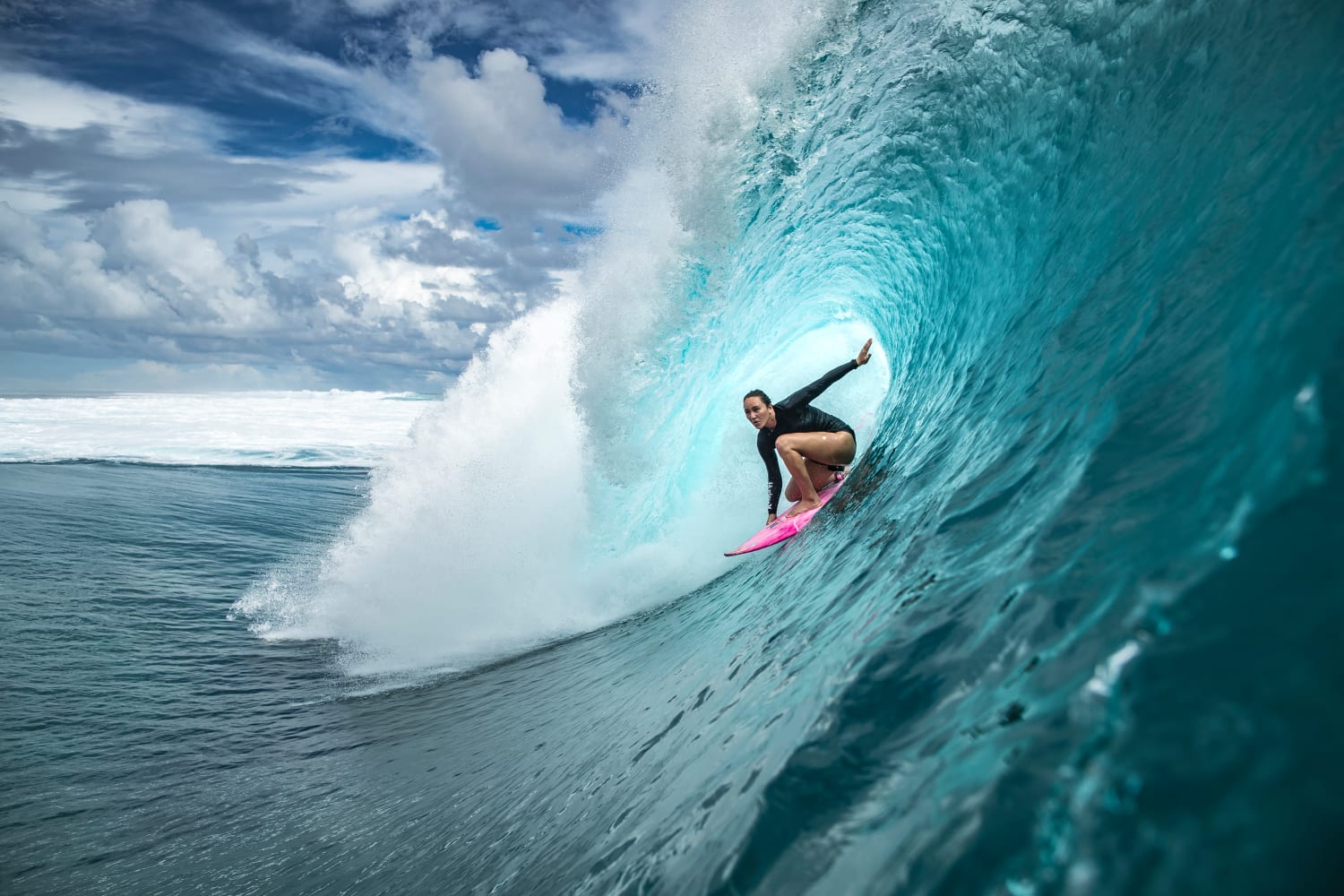The potential risks of sports concussion are big news these days, especially in contact sports like football or rugby. What about surfing? While not technically a contact sport, there is potential contact between the surfer and the board.
There is plenty that can and does go wrong for the surfer, whether beginners or seasoned veterans. How common are concussions, though?
Head and Neck Injuries
According to a 2013 article published in Surfing Medicine, the journal for the Surfers Medical Association, the most common type of injury for wave catchers are to the head and neck. They state that they make up 37 percent of all surfing injuries. Of course, that doesn’t mean these all involve a sports concussion.
The article states that injuries to the head and neck typically involve superficial trauma such as bruises and lacerations or cuts. Concussions and other serious injuries only make up about 16 percent of the total head and neck accidents.
What Is a Concussion?
Nidirect defines a concussion as a temporary injury to someone’s brain. The real risk for most people when it comes to a sports concussion is when they experience more than one. Chronic traumatic encephalopathy (CTE) is a progressive condition of the brain that can occur after repeated concussions.
This is why wondering if surfing is a contact sport comes into play. CTE is becoming more prevalent in athletes who do play contact sports. Concussions are linked to a variety of long-lasting and life-changing medical problems, including mental health conditions and dementia.
They also tend to be underreported. Hitting your head is commonplace for those who play contact sports, so they may not mention the injury to their coach or family. A 2017 study found that 55 percent of high school athletes do not report head injuries to their coach. Organized high school sports in the U.S. account for 60 percent of all concussions, and most of them happen to high school athletes.
What Are the Real Risks From Concussions in Surfing?
If someone suffers a head injury on a football field, the game stops while the player gets medical attention. The fact that the ocean is the field surfers play on makes head injuries more dangerous.
A surfer that hits their head on their board while coming up from the water may lose consciousness and drown, for example. The Surfer’s Medical Association indicates that this is the case in 8 percent of near-drowning incidents for surfers.
Of course, surfers face the same consequences for concussions as any other athlete, too. They have the same risk of developing life-long and debilitating illnesses from a head injury. Because so many of these injuries go unreported and undiagnosed, they may not know it until they start to have symptoms.
What Can Be Done for Surfers?
The combination of proper surfer education and technology increases the chances of at least having a concussion recognized. Pepperdine’s surf team now requires their surfers to use HitCheck.
HitCheck is a smartphone app that allows you to screen for indicators of a concussion in minutes – anytime, anyplace (iOS and Android). The app measures brain functions, looking for signs of a potential concussion.
Initially, it was designed to give parents peace of mind when their children play contact sports. Today, trainers, coaches, and even athletes turn to this technology to monitor their brain health.
So, is surfing a contact sport? Yes, maybe not in the traditional sense, but surfers face the same risks from concussions as any athlete.


